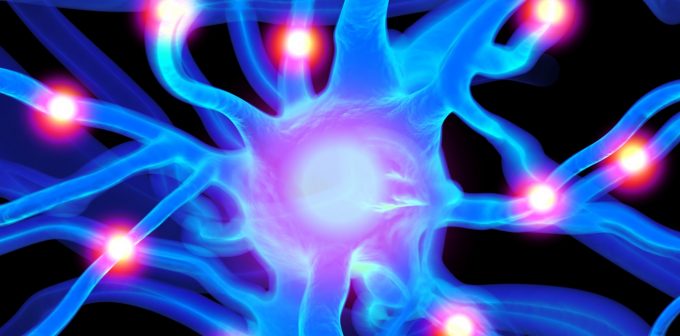A small study presented at ACR showed potential for non-invasive vagus nerve stimulation treatment of drug-refractory RA patients.
Vagus nerve stimulation has long been used to treat epilepsy and depression, and has been approved in Australia, Europe and the US for these purposes.
Attention is now on other conditions, including potential treatment of autoimmune and inflammatory diseases – research has shown that stimulating the vagus nerve leads to acetylcholine production, which binds to receptors on cells that secrete cytokines, inhibiting production of TNF and interleukin-6.
In an abstract presented by Dr Matthew Baker from Stanford University at ACR Convergence, researchers reported on the results of a pilot study into non-invasive vagus nerve stimulation for treatment of rheumatoid arthritis symptoms.
Prior to the study presented at ACR, which was led by Dr Sara Marsal, a researcher at Hospital Universitari Vall d’Hebron in Spain, small studies have investigated vagus nerve stimulation in RA using a subcutaneous device surgically implanted in the neck.
In their proof-of-concept study on 17 patients non-responsive to drugs, a Dutch research team led by Dr Frieda Koopman determined an implanted vagus nerve stimulation device was safe and also reduced RA symptoms. This study was not placebo controlled. A four-year follow-up found the benefits were maintained.
Another small study was conducted in 2018 on 14 drug-refractory patients and led by Stanford University’s Professor Mark Genovese. This study, which had sham controls, found an implanted vagus nerve stimulator benefitted subjects in the treatment arms, with no effect on those in the sham group.
The 30 patients in Dr Marsal’s study had moderate to high disease activity (DAS28-CRP >3.8), active synovitis and were non-responsive to csDMARDs and up to one bDMARD. There was no control group. The primary endpoint was DAS28-CRP.
Study participants were given a device custom-fitted to their outer ear and positioned to stimulate the auricular vagus nerve. The device was controlled by a smartphone, and patients were instructed to use it for up to 30 minutes per day. Compliance was high, there were no serious adverse events, and 27 of the 30 patients completed the 12-week study.
One advantage was that the device didn’t require surgical insertion and permanent positioning beneath the skin. But was it as effective as implanted devices?
Dr Marsal’s team reported improvement in signs and symptoms as measured by DAS28-CRP, HAQ-DI, physician global assessment, patient global assessment, tender joints, swollen joints and pain score. The mean DAS28-CRP score change was -1.43 over 12 weeks.
There was a reduction in TNF-alpha, but no other meaningful changes in disease biomarkers or radiological indicators measured by MRI, though there were some improvements in ultrasound measures of synovitis and tenosynovitis.
Nonetheless, the results were promising, and the team said larger controlled studies were warranted.
Koopman et al PNAS 2016
Koopman et al Ann Rheum Dis 2020
Genovese et al Lancet Rheumatol 2020


